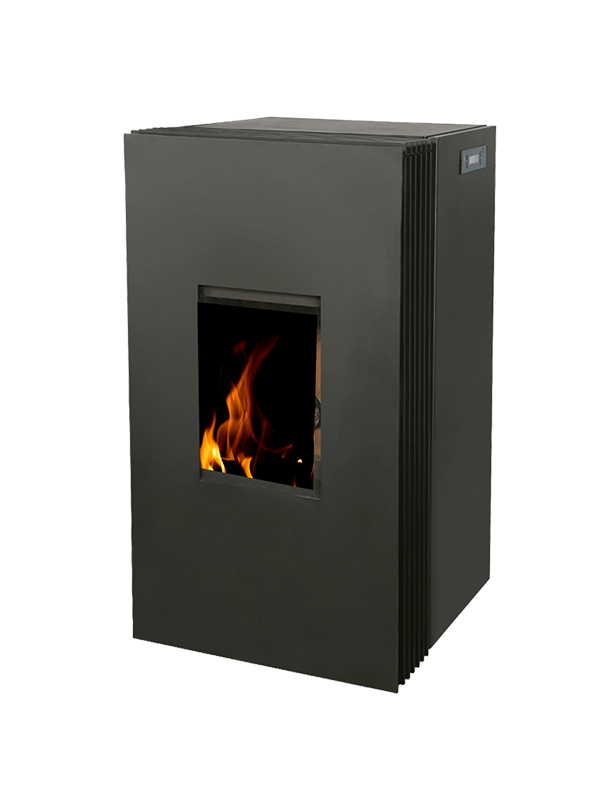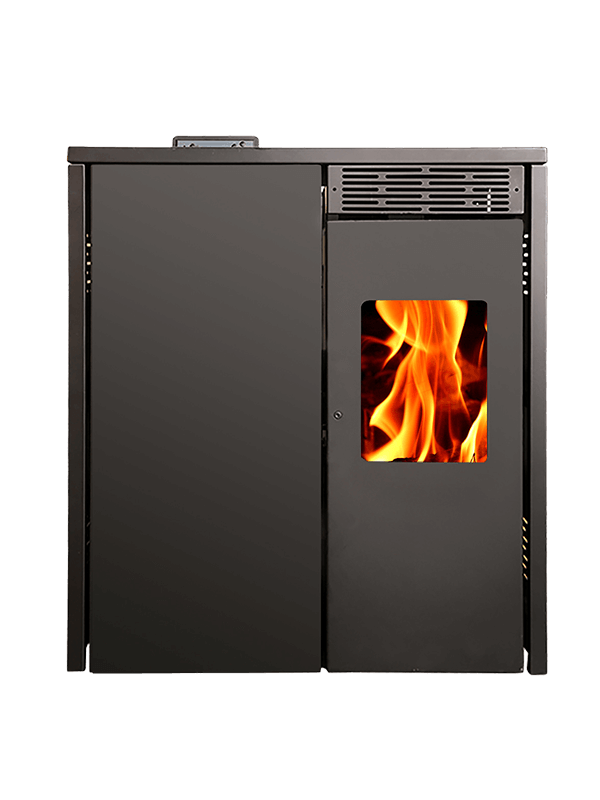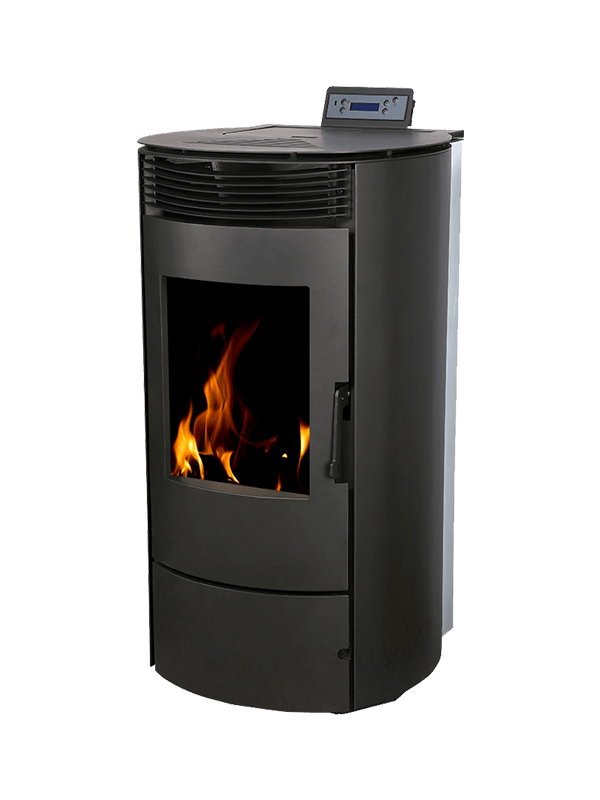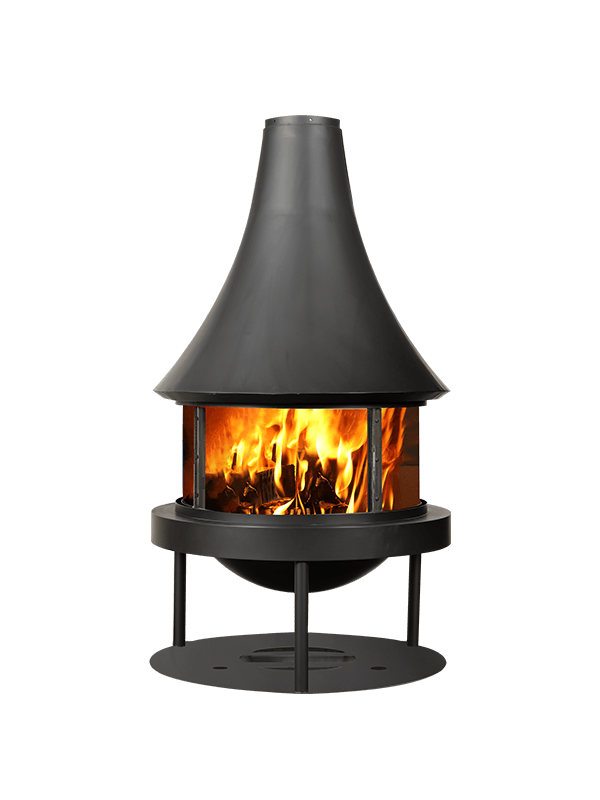Choosing a Wood Burning Stove
When choosing a wood burning stove, you need to consider many factors. Not all of them are made equally, and they are not all built to meet your needs. Older models need to be restocked with logs regularly, and they tend to generate more air pollution than modern stoves. These types of stoves also tend to smoke inside homes.
To increase your burning time, you should pack the wood tightly. The first layer of wood should insulate the back of the stove. This will slow the spread of the fire, resulting in an even burn. You can choose an electric or wood stove, as well as a portable model. Choose the model that best meets your needs and your home decor.
Wood-burning stoves are dangerous, as the fumes can cause shortness of breath, coughing, and even heart disease. As well, the particles that are released into the air may aggravate existing illnesses. Wood-burning stoves also pose a fire risk because of their combustible chemical residue called creosote. You should use only clean wood and avoid using wood that contains particleboard, treated wood, or wood that has been treated with chemicals.
Wood burning stoves can provide warmth to a room or a whole house, but the use of them should be limited to short periods of time. Overusing them can lower their effectiveness and cause carbon monoxide leaks. In addition, overusing them will produce excess emissions and heat that will harm your home and the environment.
If you're considering a wood burning stove, look for an EPA-certified model. Newer models have low emissions and are highly energy-efficient. They require less firewood than older models and are safer to operate. Some even have an EPA-certification label to prove their efficiency. In addition to the EPA certification, look for safety labels and a certification label to ensure your stove is up to code.
Modern wood-burning stoves can harness heat from both wood and natural gases and give you more control over your fire. These modern stoves have lower emissions, allowing you to control how efficiently your fire burns and how long it lasts. Wood-burning stoves are a good choice for heating your home, and are more environmentally friendly than fireplaces.
When choosing a wood burning stove, be sure to look for stoves that have a fireproof body. These stoves have air vents to control air flow to the fire. Wood burning stoves also emit carbon dioxide into the air. These gases contribute to global warming and climate change. Wood burning stoves also produce nitric oxide and nitrogen dioxide, which are both dangerous to the environment.

|
Height*Width*Depth
|
942*417*450mm
|
|
Nominal heat output (kw)
|
4.5kw Or 5KW
|
|
Thermal efficiency (%)
|
77.6%
|
|
Dust emission(mg/nm³
|
26
|
|
CO emissions@ 13% O2(%)
|
0.07%
|
|
Room heating capacity
|
80-100m²
|
|
Weight (kg)
|
85kg
|
|
Flue pipe outlet (MM)
|
152mm
|











-.png)











